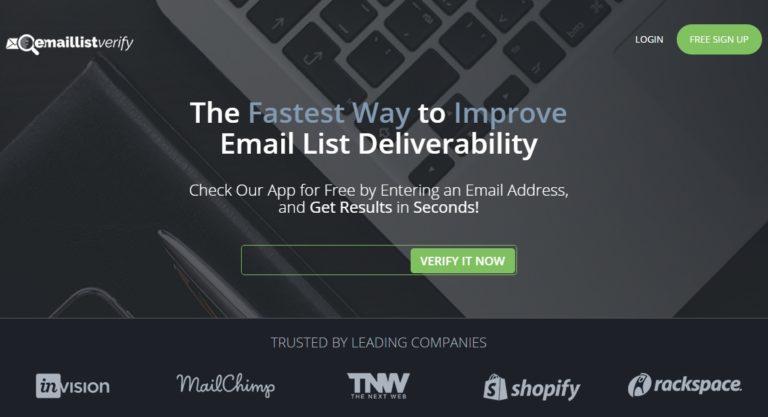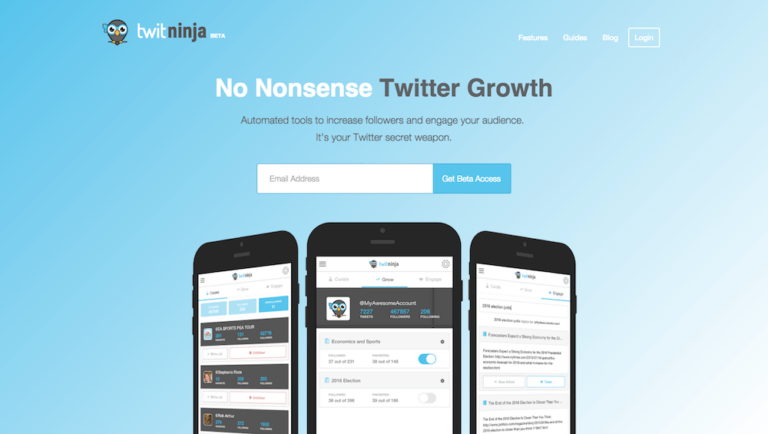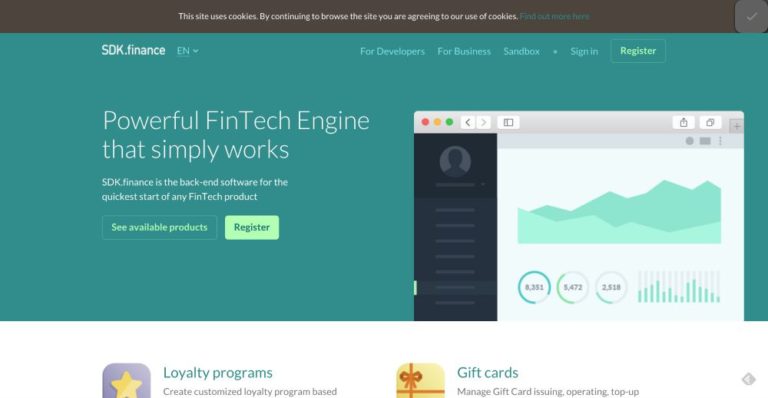Managing an email list and ensuring deliverability is challenging. Too many bounces can cause you issues with spam...
Mike88
Mike Nicholls Australian Inventor + Entrepreneur working with a small team of engineers building prototypes from Inventions including two medical devices. Publishes Startup88.com and has assessed/reviewed +500 inventions and +200 startups in the last 3 years. Mentors Sydney Startups via Incubate and other incubators and helps members of the Australian Startup Community via the Startup88.com website with free publicity and advertising. Experience in numerous industries including Digital Publishing, Cloud Computing, Apps, Hardware, Aviation, Real Estate & Finance and Health/Medical Devices.
Startup Name Twit Ninja What problem are you solving? Twit Ninja solves the problem of quickly growing...
Every new startup I talk to recently seems to have a problem with picking their best opportunity...
Startup Name MapOnShirt What problem are you solving? No more problems to make unique T-shirt design and...
After a few crazy conversations about convoluted business models in the last few months I felt compelled...
Regardless of what you think about email there is one thing certain, email is not dead. For...
Ed: Really like the look of this Startup Name SDK.finance What problem are you solving? Every...
Event Name Lead generation for pipeline success Event Details Learn about how the fastest growing companies in...







